Home>Technology>Security & Surveillance>How To Lock An Automatic Door
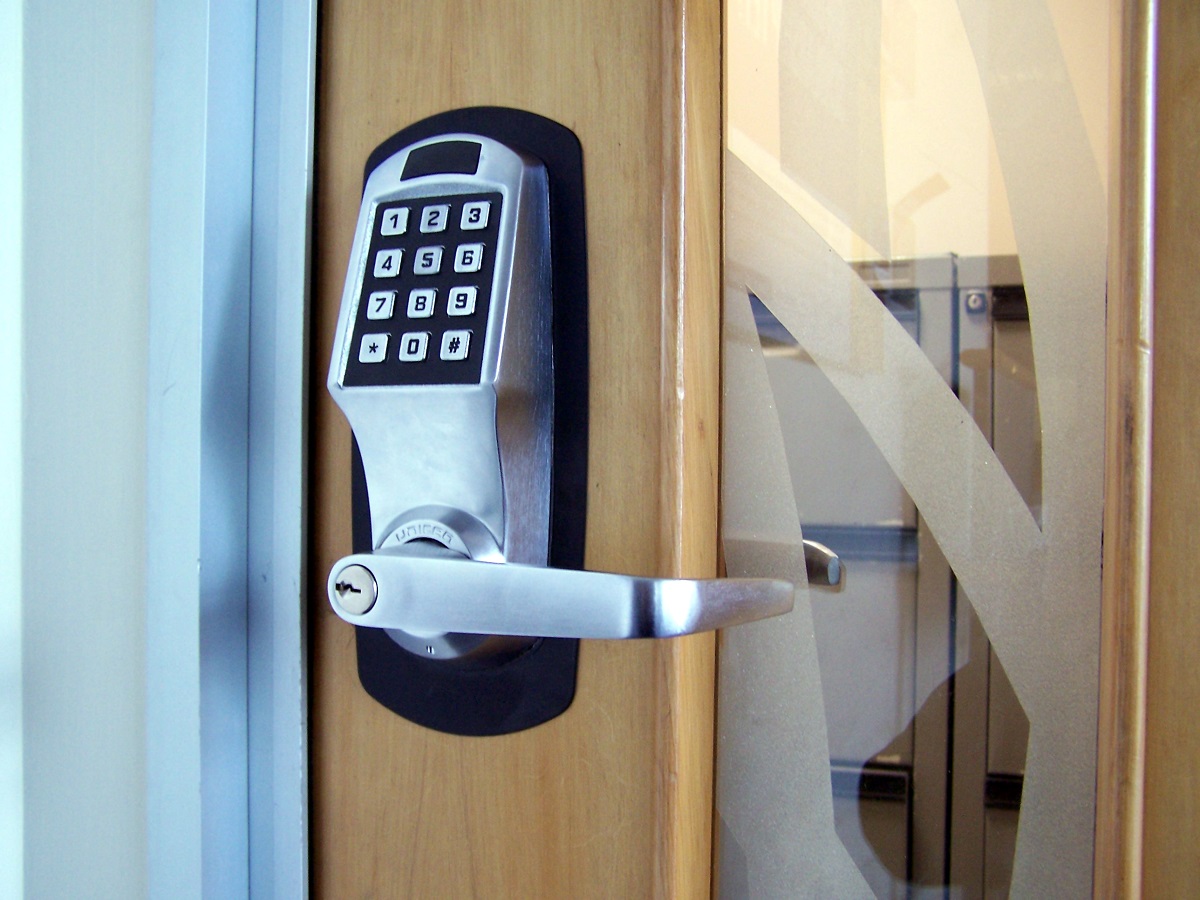

Security & Surveillance
How To Lock An Automatic Door
Published: December 27, 2023
Learn how to enhance your security and surveillance with our guide on locking automatic doors. Keep your property secure with these expert tips and techniques.
(Many of the links in this article redirect to a specific reviewed product. Your purchase of these products through affiliate links helps to generate commission for Storables.com, at no extra cost. Learn more)
Introduction
Automatic doors are a convenient and modern feature in many commercial and public spaces. They offer seamless entry and exit, making them ideal for high-traffic areas. However, ensuring the security of these doors is paramount to prevent unauthorized access and maintain the safety of the premises.
In this article, we will delve into the world of automatic door security, focusing on the various types of automatic door locks and providing a comprehensive guide on how to effectively secure these entrances. Understanding the mechanisms and options available for locking automatic doors is essential for facility managers, security personnel, and business owners to safeguard their properties and assets.
By gaining insight into the intricacies of automatic door locks and learning the step-by-step process of securing these doors, readers will be equipped with the knowledge needed to enhance the security measures of their establishments. Whether it's a retail store, office building, or healthcare facility, the information presented here will serve as a valuable resource for fortifying automatic doors against unauthorized access and potential security threats.
Join us as we explore the world of automatic door security, empowering you with the expertise to effectively lock automatic doors and bolster the safety of your premises.
Key Takeaways:
- Locking automatic doors involves understanding the type of lock, activating the system, and testing the door to ensure it remains secure. Regular maintenance and integration with access control systems are essential for effective security.
- In addition to locking mechanisms, implementing surveillance cameras, integrating with alarm systems, and providing employee training enhances the security of automatic doors. Regular maintenance and clear access control policies are crucial for a secure environment.
Understanding Automatic Doors
Automatic doors are designed to provide convenient and efficient access to buildings, offering seamless entry and exit for occupants and visitors. These doors are equipped with sensors and mechanisms that enable them to open and close automatically, eliminating the need for manual operation. Commonly used in commercial and public spaces, automatic doors come in various configurations, including sliding, swinging, and revolving designs.
The operation of automatic doors relies on a combination of sensors, actuators, and control systems. Motion sensors, pressure sensors, and infrared sensors are commonly employed to detect the presence of individuals approaching the door, triggering the opening mechanism. Actuators, such as motors and pneumatic systems, facilitate the movement of the door panels, allowing for smooth and swift operation. Additionally, control systems, often comprising microprocessors and programming logic, govern the overall functionality of the automatic doors, coordinating sensor inputs with the actuation of the door panels.
One of the key considerations in the design and implementation of automatic doors is safety. These doors are equipped with safety features to prevent accidents and ensure the well-being of users. For instance, motion sensors are programmed to detect obstructions in the door's path, prompting the doors to stop and reverse their movement to avoid collisions. Furthermore, automatic doors are often fitted with emergency release mechanisms to enable manual operation in the event of power outages or system malfunctions.
When it comes to security, automatic doors present unique challenges and considerations. While they offer convenience and accessibility, it is crucial to implement robust security measures to prevent unauthorized entry and enhance the overall safety of the premises. Central to this security framework are the automatic door locks, which serve as the primary means of securing these entrances and regulating access.
Understanding the intricate workings of automatic doors, including their mechanisms, safety features, and security considerations, is essential for effectively securing these entrances. By gaining insight into the complexities of automatic door systems, facility managers and security personnel can make informed decisions regarding the selection and implementation of automatic door locks, ensuring the protection of the premises and its occupants.
Types of Automatic Door Locks
Automatic door locks are integral components of the security infrastructure for commercial and public buildings, playing a crucial role in regulating access and fortifying the premises against unauthorized entry. These locks are designed to seamlessly integrate with automatic door systems, providing a secure means of controlling entry and exit while complementing the convenience and efficiency of the doors’ automated operation. Several types of automatic door locks are available, each offering unique features and functionalities tailored to specific security requirements.
1. Electromagnetic Locks: Also known as maglocks, electromagnetic locks utilize powerful magnets and an armature plate to secure the door. When energized, the electromagnetic force holds the armature plate against the magnet, effectively locking the door. These locks are highly secure and suitable for high-traffic areas, as they offer reliable and robust locking mechanisms.
2. Electric Strike Locks: Electric strike locks are installed within the door frame and are designed to engage with the door’s locking mechanism. When activated, the electric strike pivots or releases, allowing the door to be opened. This type of lock is favored for its compatibility with various access control systems and its ability to integrate seamlessly with automatic doors.
3. Mechanical Locks with Electric Strikes: Combining traditional mechanical locks with electric strikes enhances the security of automatic doors. The mechanical lock serves as a backup in the event of power outages or system failures, providing an additional layer of security and reliability.
4. Access Control Systems: Access control systems, such as key card readers, biometric scanners, and keypad entry systems, are often integrated with automatic doors to regulate access based on authorized credentials. These systems offer a high level of security and allow for precise control over who can enter the premises, making them suitable for environments with stringent access requirements.
5. Motion-Activated Locks: Leveraging motion sensors, motion-activated locks are designed to engage or disengage based on the detection of individuals approaching the door. This hands-free approach to locking and unlocking doors enhances convenience while maintaining a secure environment.
Understanding the diverse array of automatic door locks empowers facility managers and security professionals to select the most suitable locking mechanisms for their specific security needs. By choosing the right type of lock and integrating it seamlessly with the automatic door system, organizations can establish a robust security infrastructure that safeguards their premises and assets.
Most automatic doors have a manual lock option. Look for a small switch or button near the door frame or on the control panel to activate the lock. This will prevent the door from opening automatically.
Steps to Lock an Automatic Door
Securing an automatic door involves a series of systematic steps to ensure that the locking mechanisms are engaged effectively, thereby fortifying the entrance against unauthorized access. The process of locking an automatic door varies depending on the type of locking system installed, but the following general steps provide a comprehensive guide for securing these doors:
- Assess the Locking Mechanism: Begin by familiarizing yourself with the specific type of automatic door lock installed. Whether it’s an electromagnetic lock, electric strike lock, or a combination of mechanical and electronic systems, understanding the intricacies of the locking mechanism is essential for proper operation.
- Activate the Locking System: Depending on the design of the automatic door lock, activate the locking system using the designated control or access device. This may involve swiping an access card, entering a code on a keypad, or engaging the lock through a centralized control interface.
- Verify Lock Engagement: After initiating the locking process, visually confirm that the locking mechanism has been successfully engaged. For electromagnetic locks, ensure that the armature plate is securely held in place by the magnetic force. In the case of electric strike locks, verify that the strike has been activated, preventing the door from being opened without proper authorization.
- Test the Door: Once the locking system is activated, test the door to ensure that it remains securely closed and cannot be opened without authorized access. Attempt to push or pull the door to confirm that the locking mechanism is functioning as intended, providing a reliable barrier against entry.
- Integrate with Access Control Systems: If the automatic door is equipped with access control systems, such as key card readers or biometric scanners, ensure that these systems are synchronized with the locking mechanism. Verify that only authorized credentials grant access, and troubleshoot any inconsistencies in the integration of these components.
By following these steps, facility managers, security personnel, and authorized personnel can effectively secure automatic doors, mitigating the risk of unauthorized access and bolstering the overall security of the premises. Regular maintenance and testing of the locking mechanisms are also essential to ensure their continued reliability and effectiveness in safeguarding the entry points.
Additional Tips for Securing Automatic Doors
While understanding the fundamental steps to lock an automatic door is crucial, implementing additional security measures can further enhance the protection of the premises and its occupants. Here are some valuable tips for securing automatic doors effectively:
- Regular Maintenance: Schedule routine maintenance and inspections of the automatic door system and its locking mechanisms. Ensure that all components are in optimal working condition, and address any issues promptly to prevent vulnerabilities in the security infrastructure.
- Backup Power Supply: Install backup power sources, such as uninterruptible power supplies (UPS) or emergency generators, to ensure that automatic doors remain operational during power outages. This prevents potential security breaches due to door malfunctions during periods of power disruption.
- Surveillance Cameras: Implement surveillance cameras in the vicinity of automatic doors to monitor and record activities in the entry and exit areas. Video surveillance serves as a deterrent to unauthorized access and provides valuable evidence in the event of security incidents.
- Integration with Alarm Systems: Integrate automatic doors with alarm systems to trigger alerts in the event of unauthorized entry attempts or forced access. Alarms serve as a proactive security measure, notifying personnel of potential breaches and prompting immediate response actions.
- Employee Training: Provide comprehensive training to employees and staff members regarding the proper operation of automatic doors and the associated security protocols. Educate personnel on identifying and responding to security threats, emphasizing the importance of maintaining the integrity of the automatic door locking mechanisms.
- Access Control Policies: Establish clear access control policies that govern the authorization and verification of individuals entering the premises through automatic doors. Enforce strict adherence to these policies to minimize the risk of unauthorized access and enhance overall security.
By incorporating these additional tips into the security strategy for automatic doors, organizations can elevate the level of protection for their facilities and create a secure environment for occupants and assets. Proactive security measures, coupled with robust locking mechanisms, contribute to a comprehensive and effective security posture, mitigating potential risks and instilling confidence in the safety of the premises.
Conclusion
Securing automatic doors is a critical aspect of maintaining the safety and integrity of commercial and public spaces. By comprehensively understanding the mechanisms of automatic doors and the diverse array of locking systems available, facility managers and security personnel can implement effective security measures to regulate access and fortify entry points against unauthorized intrusion.
The seamless integration of automatic door locks, access control systems, and additional security measures contributes to a robust security infrastructure that safeguards the premises and its occupants. Regular maintenance, proactive surveillance, and adherence to access control policies further enhance the overall security posture, creating a secure environment conducive to the well-being of all individuals within the facility.
As technology continues to advance, the evolution of automatic door security remains a dynamic and evolving field. Embracing innovative solutions and staying abreast of emerging security trends is essential for staying ahead of potential threats and vulnerabilities. By prioritizing the security of automatic doors and implementing best practices, organizations can instill confidence in the safety of their premises and uphold a standard of excellence in security management.
Ultimately, the effective locking of automatic doors is not merely a procedural task; it is a fundamental commitment to the protection of people and assets. By leveraging the knowledge and insights presented in this article, stakeholders can proactively address security challenges and create a secure environment that aligns with the highest standards of safety and protection.
Together, let us continue to fortify automatic doors, not just with advanced locking mechanisms, but with a steadfast dedication to ensuring the security and well-being of all who pass through them.
Frequently Asked Questions about How To Lock An Automatic Door
Was this page helpful?
At Storables.com, we guarantee accurate and reliable information. Our content, validated by Expert Board Contributors, is crafted following stringent Editorial Policies. We're committed to providing you with well-researched, expert-backed insights for all your informational needs.
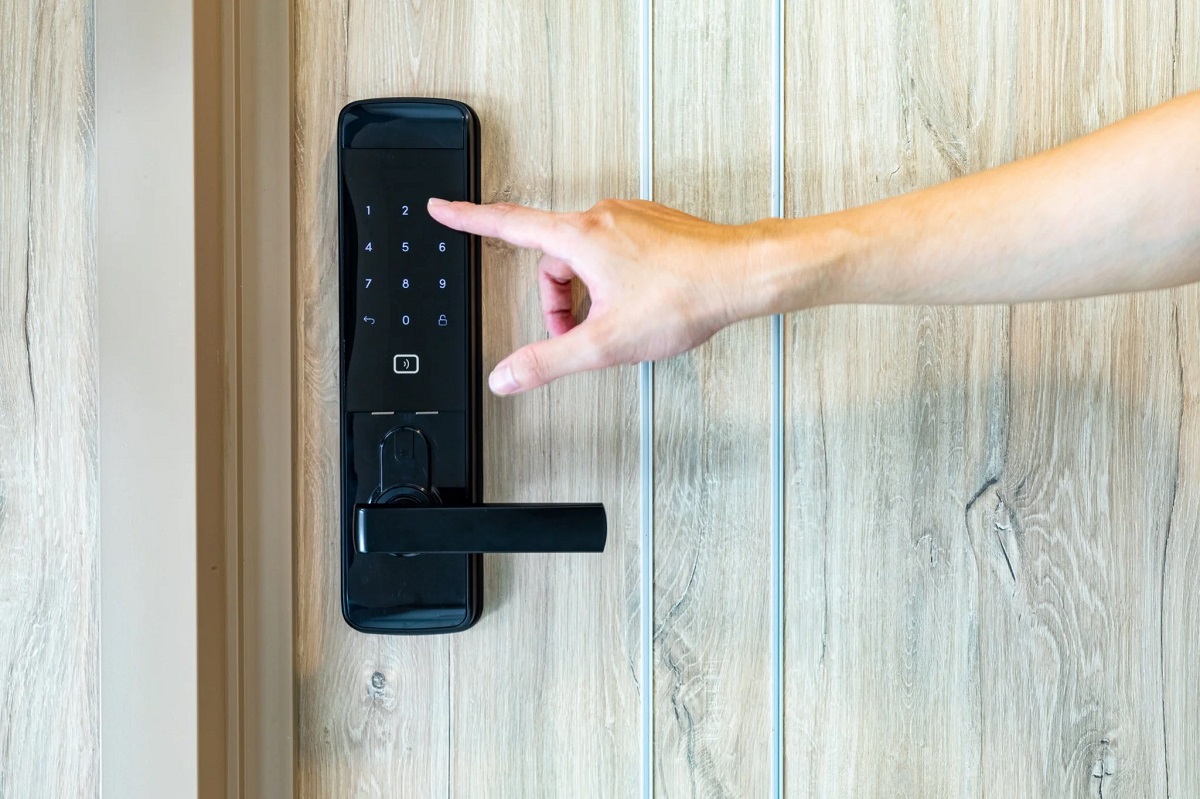

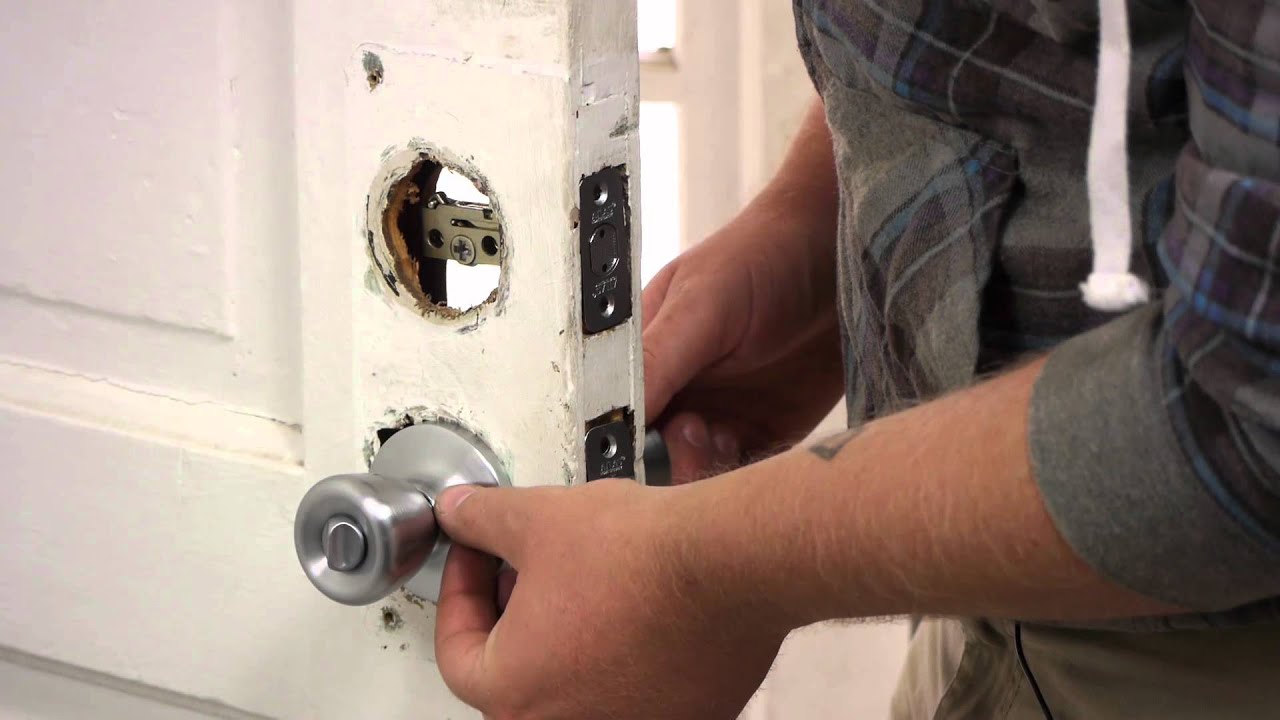
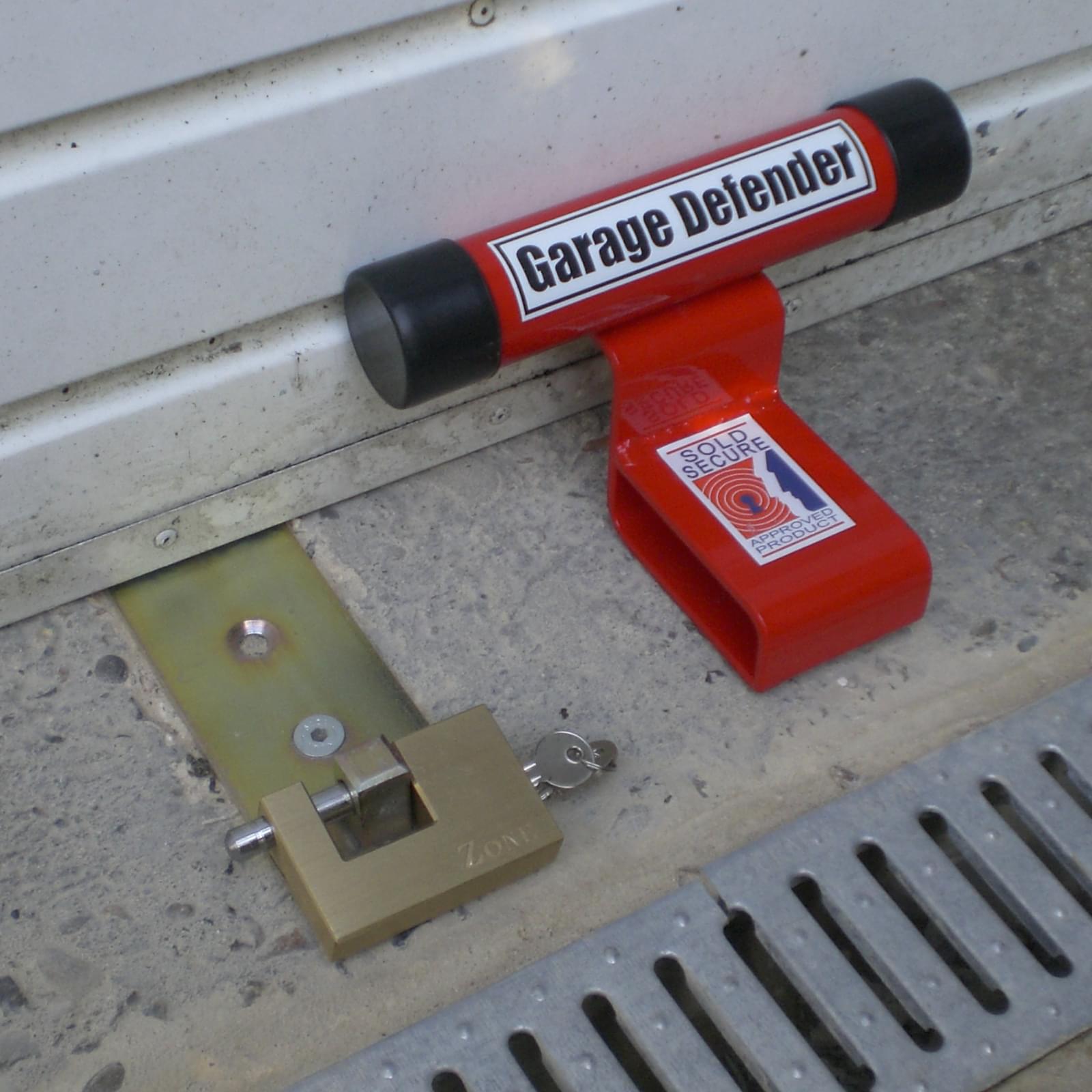
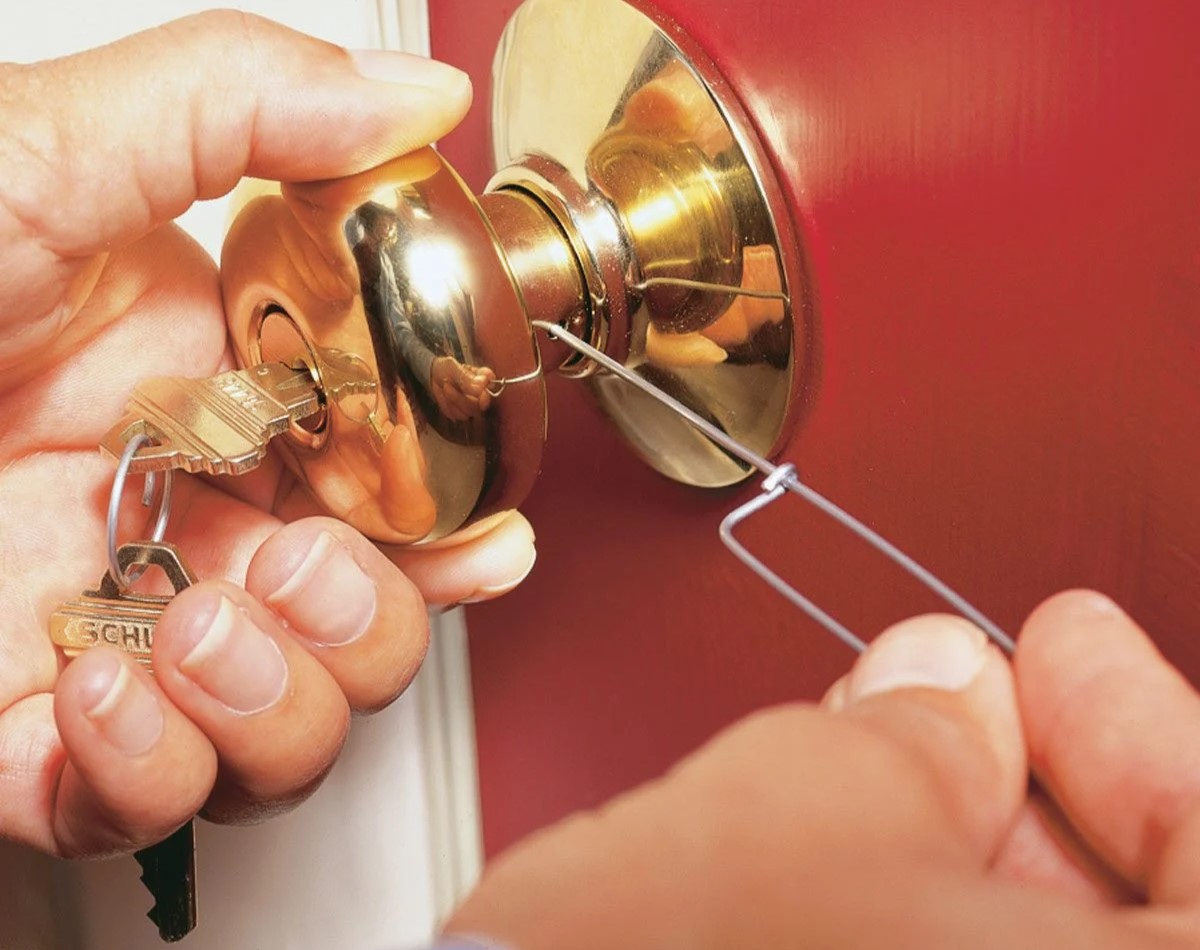
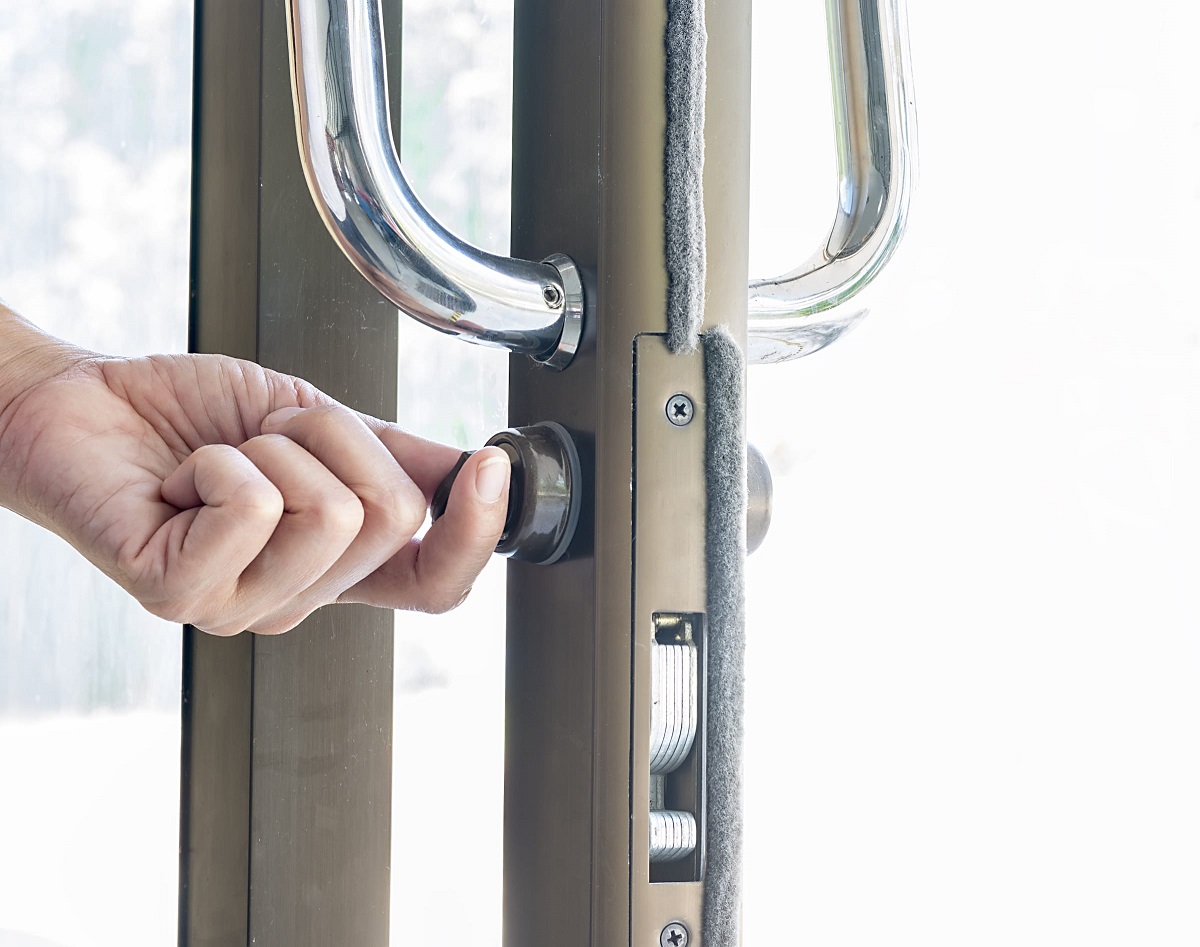
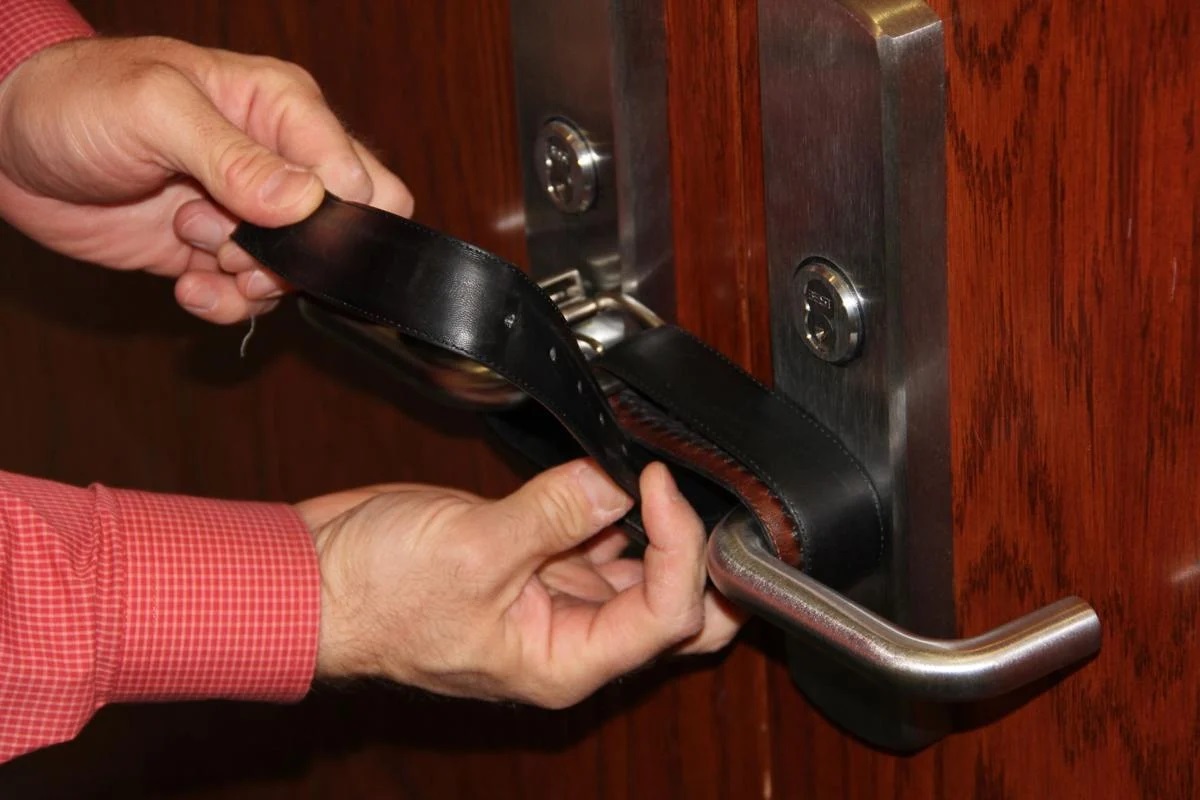
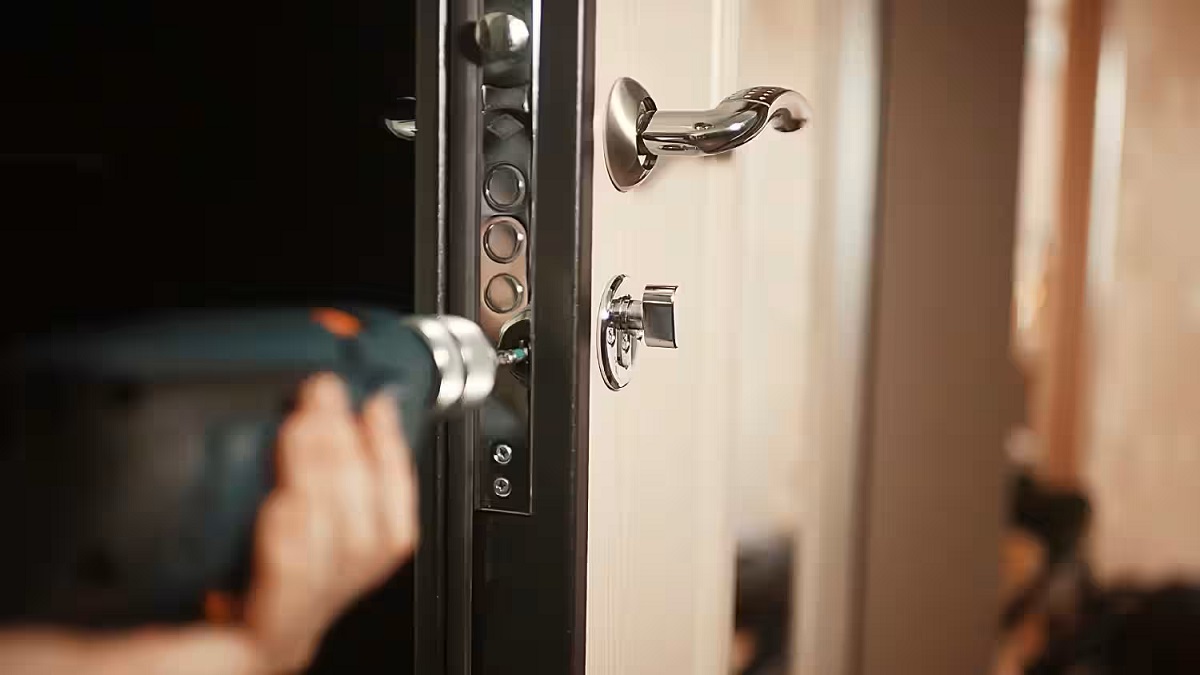
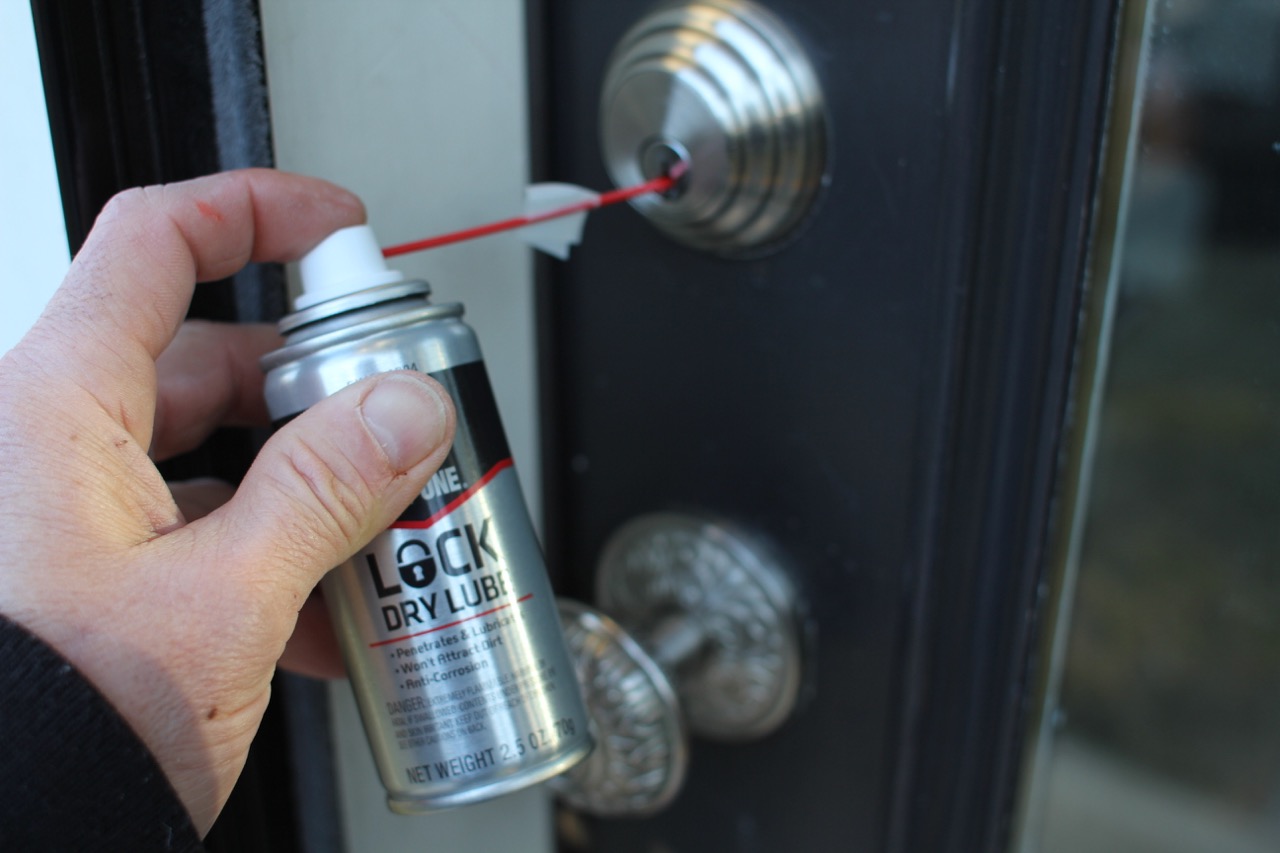
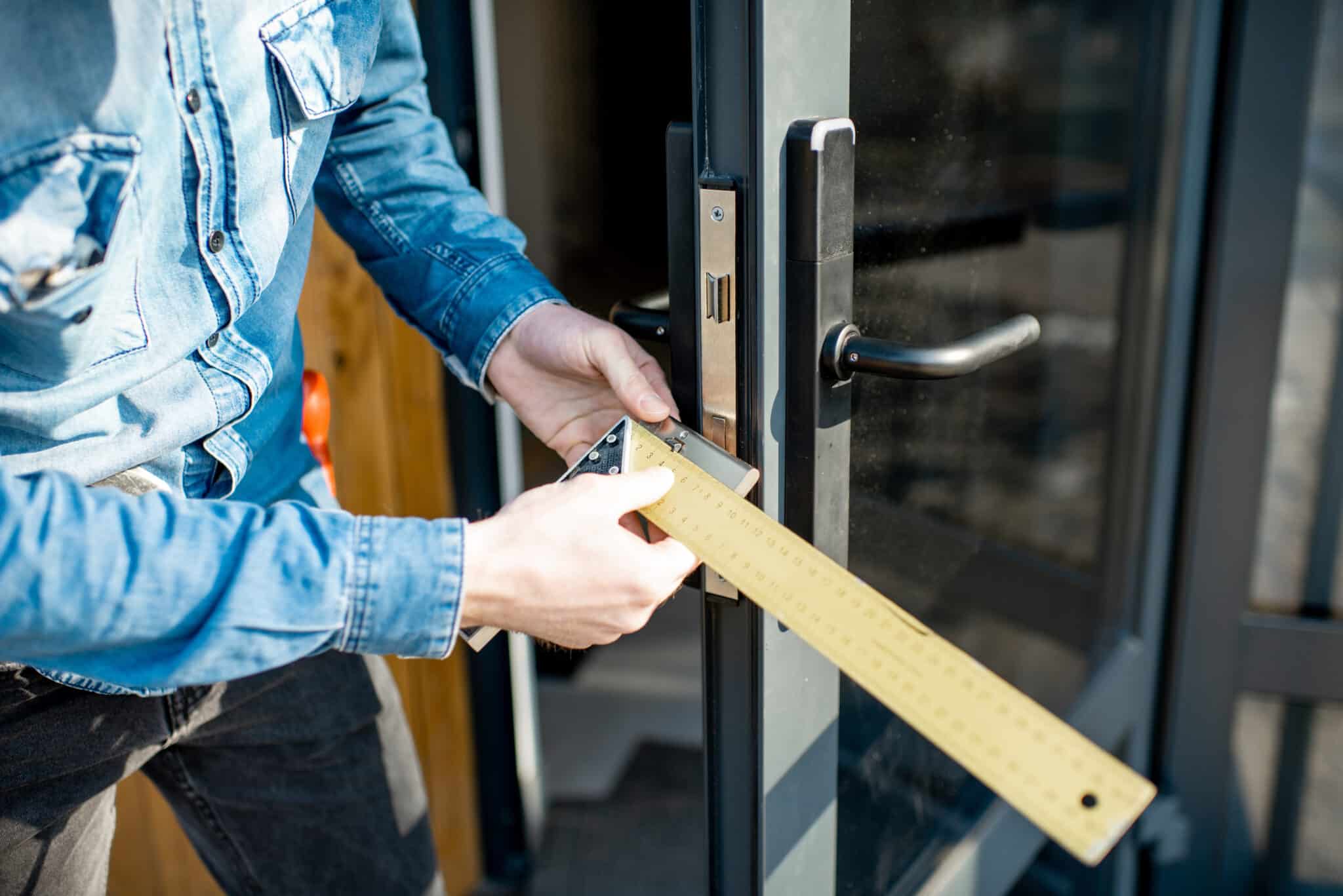
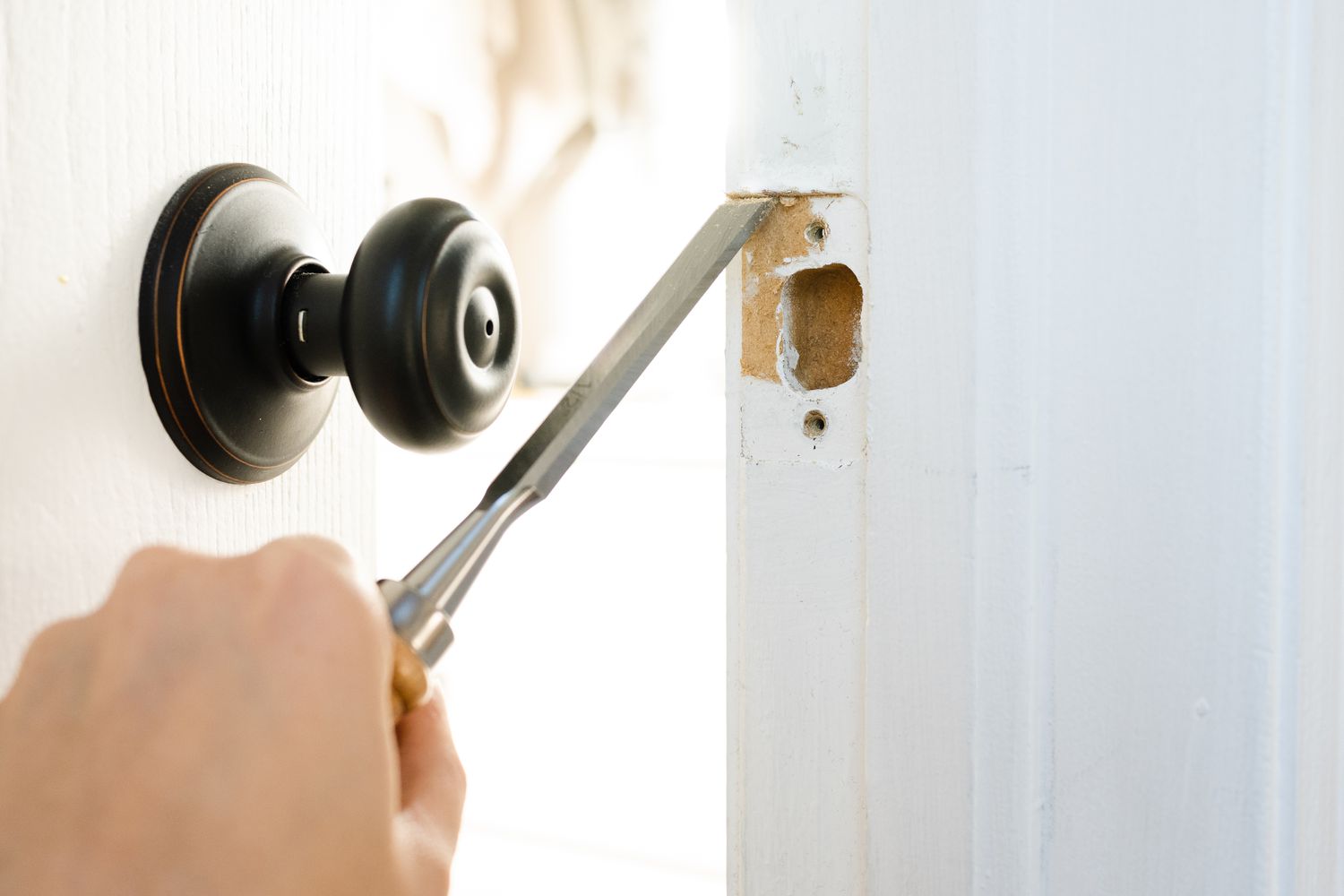
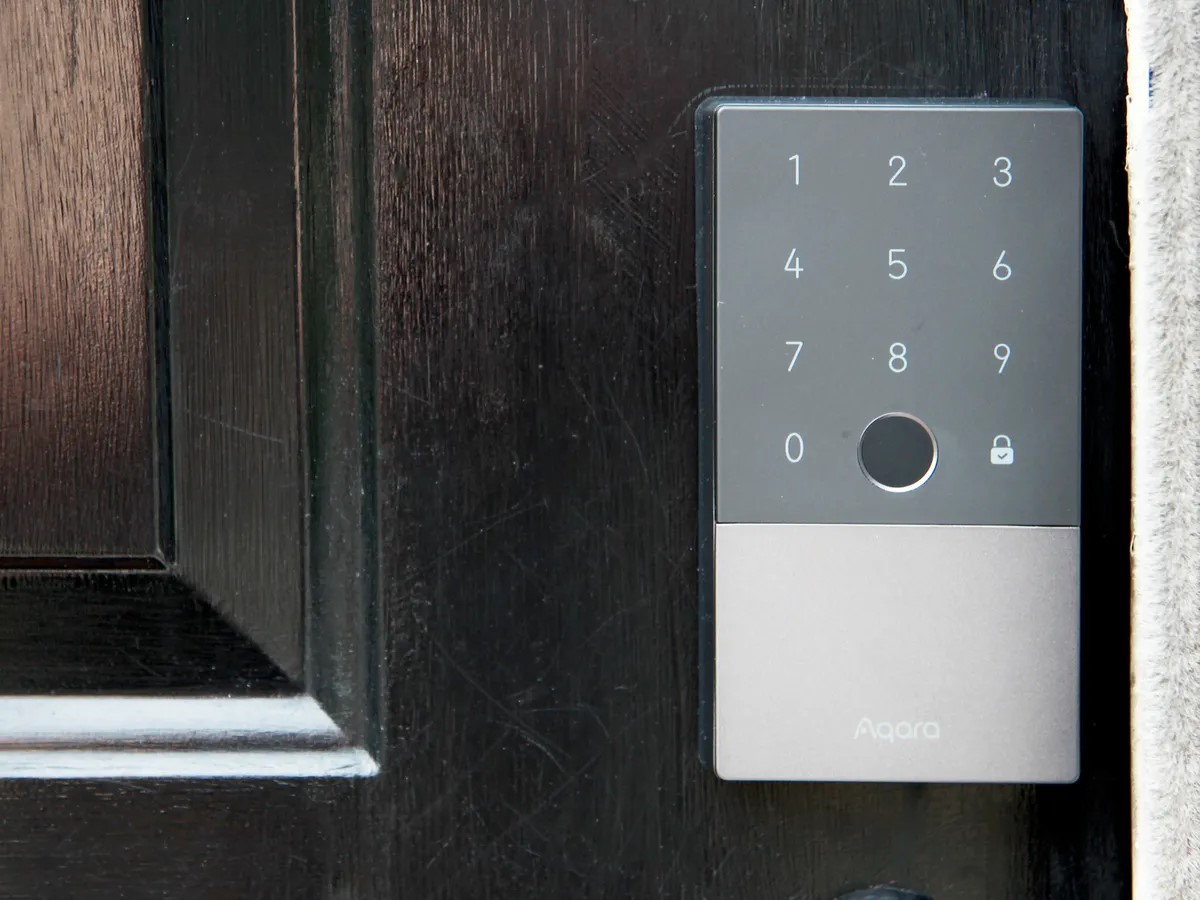
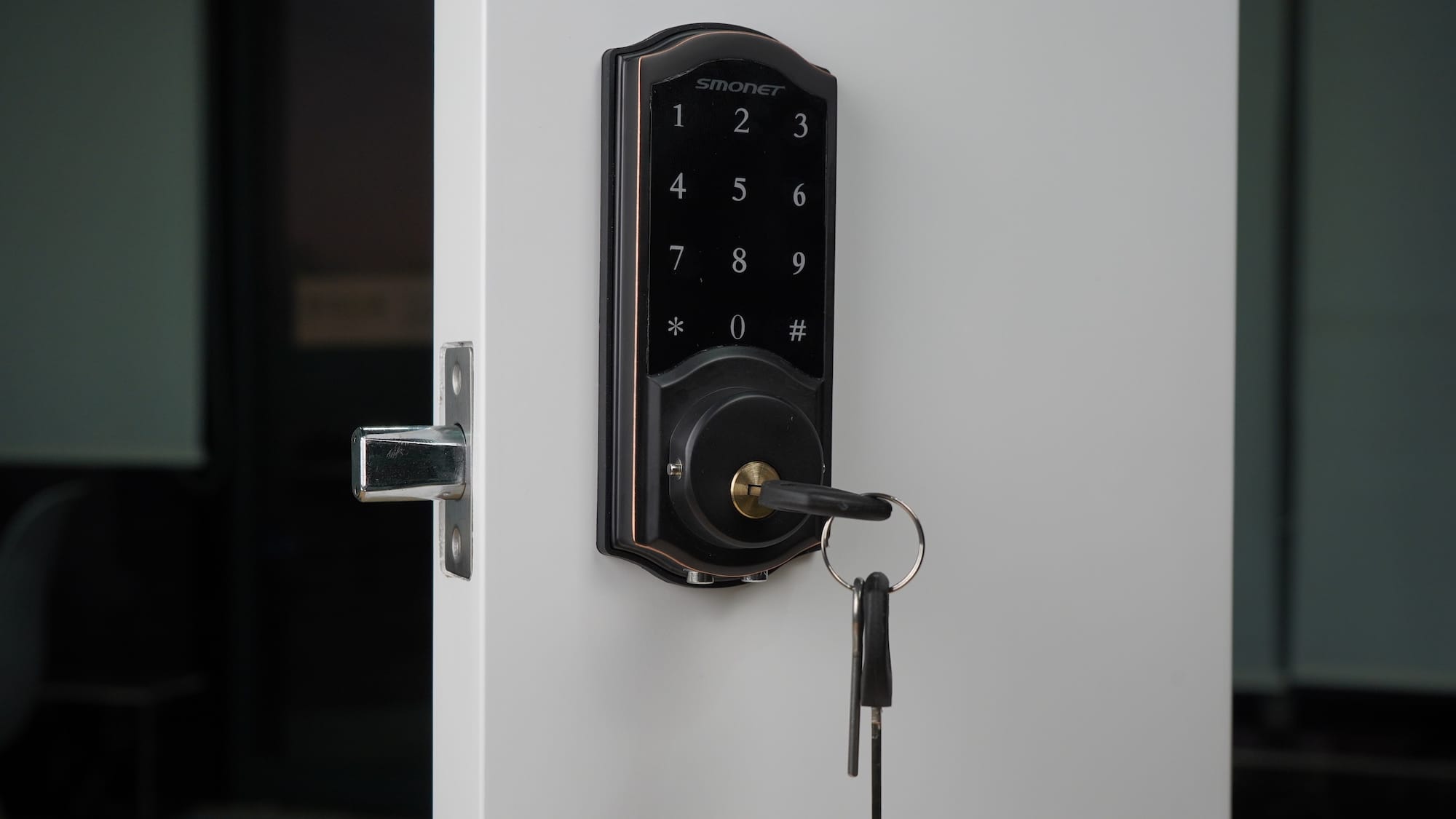
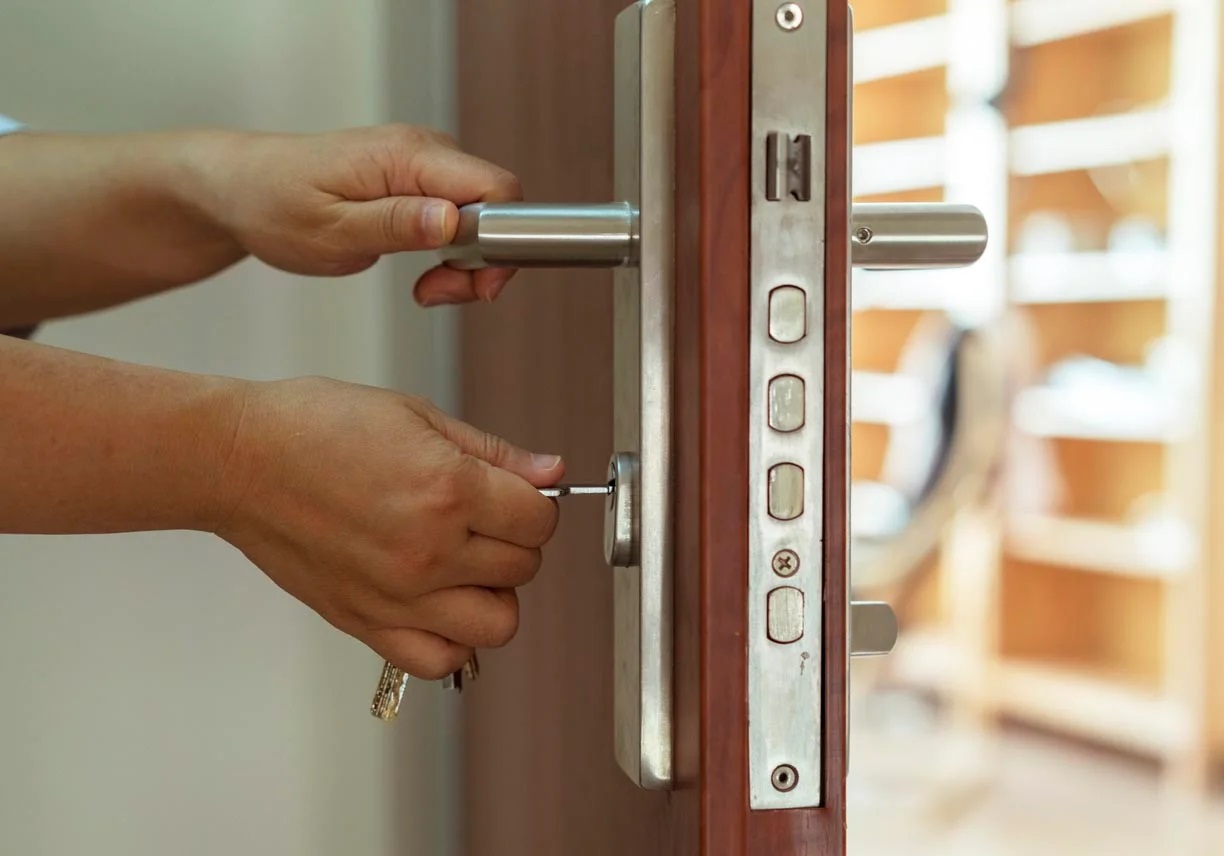

0 thoughts on “How To Lock An Automatic Door”